Would you like to learn how to install Ansible on a computer running Ubuntu Linux on the Amazon AWS cloud? In this tutorial, we are going to show you how to create a new account at Amazon AWS, how to create an Ubuntu virtual machine instance and how to perform the Ansible installation on a new virtual machine on the Amazon EC2 cloud.Ubuntu Linux.
• Ubuntu 18.04
• Ubuntu 19.04
• Ansible 2.8.6
Ansible Related Tutorial:
On this page, we offer quick access to a list of tutorials related to Ansible.
Tutorial - How to Create a Key Pair
To access a Linux Virtual Machine on AWS, first, you need to create a private Key.
Open your browser, access the Amazon AWS website and enter your login information.
After a successful login, you will be sent to the AWS Dashboard.
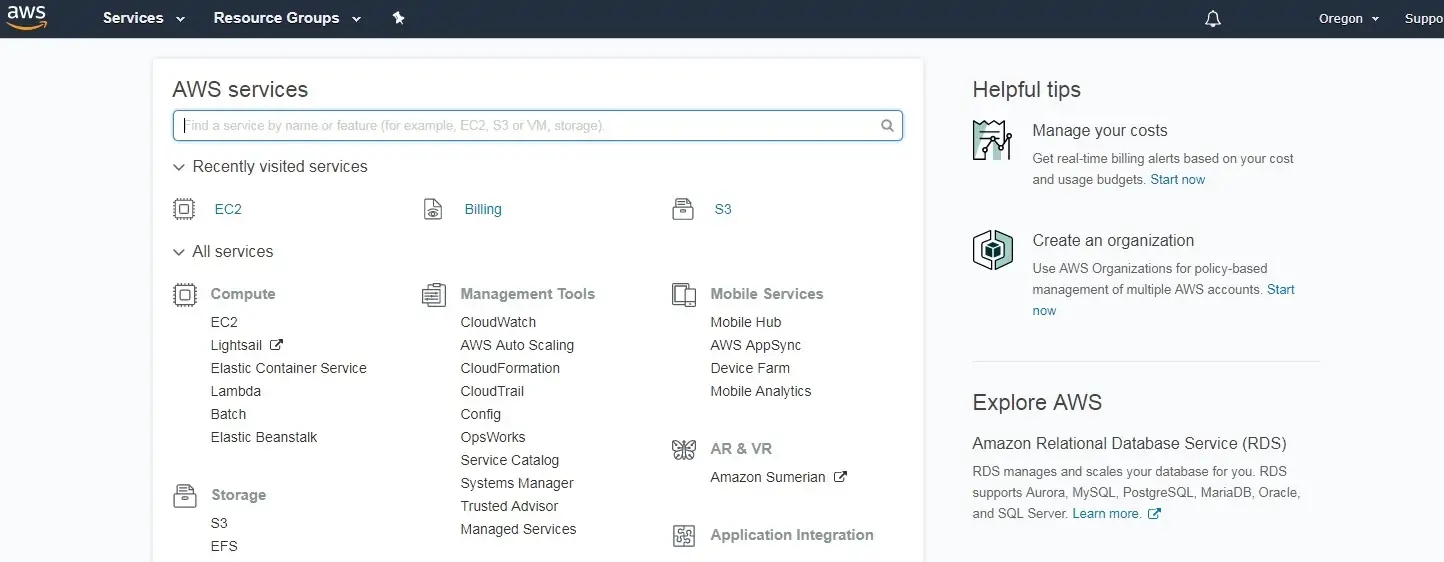
Access the COMPUTE menu and select the EC2 option.
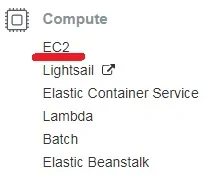
On the EC2 Dashboard, access the Network & Security menu and click on the Key Pairs option.
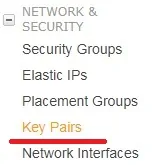
On the Key Pairs screen, click on the Create Key Pair button.
You will have to enter a name to the new Key Pair.
You will have to save locally your private key.

In our example, we created a key pair named TEST.
In our example, we saved a file named TEST.PEM.
Tutorial - How to Create an AWS EC2 Ubuntu
On the EC2 Dashboard, access the Instances menu and click on the Instances option.

On the EC2 Instance screen, click on the Launch Instance button.

Now, it is time to select the desired Operational system image.
On the list presented, locate and select the Ubuntu Linux image.

As the second step, you will have to select the type of virtual machine that will run the Ubuntu Linux.
Basically, you will select the number of processors and the amount of RAM that you want.

If you do not want to specify the amount of hard disk available to this virtual machine, click on the Review and Launch button.
If you want to specify the amount of hard disk available to this virtual machine, click on the Configure instance detail button.
On the summary screen, click on the Launch button.

Select the Key pair authorized to connect to the new virtual machine and click on the Launch Instances.
In our example, the key pair named TEST was selected.

On the EC2 Dashboard, access the Instances menu and click on the Instances option.
As you can see a new virtual machine was created.

In our example, the virtual machine got the Dynamic IP address: 34.217.14.140
Tutorial - How to Access an AWS Ubuntu
To access the Linux virtual machine you will have to download the following software:
• Putty
• PuttyGen
First, we need to convert the private key from the PEM format to the PPK format.
Open the PuttyGen software, access the Conversions menu and select the Import key.
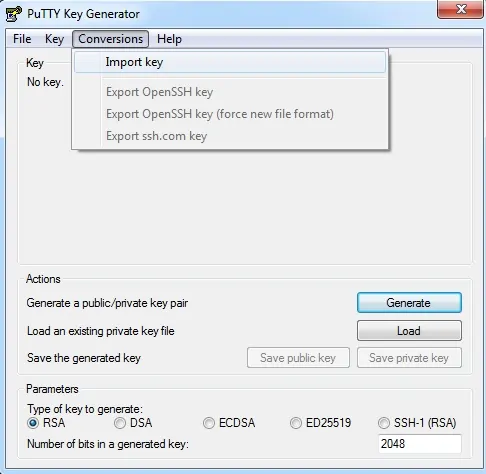
After importing the PEM file, you need to set a password to protect your private key.
Click on the Save private key button to generate a file with the PPK extension.
In our example, a file named TEST.PPK was created.
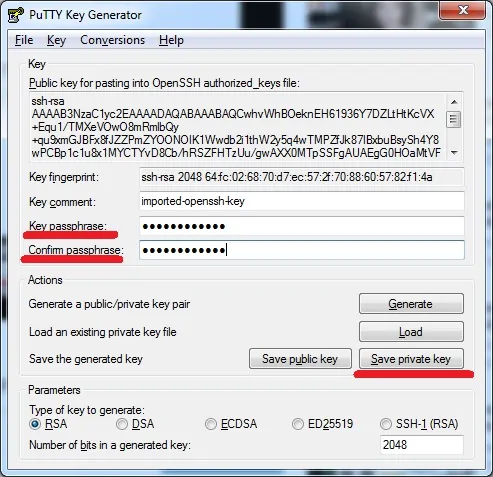
Open the Putty software, select the SSH option and enter the username ubuntu@ followed by the IP address of the AWS virtual machine.
In our example, we used ubuntu@34.217.14.140.

Access the SSH authentication tab, click on the Browse button, locate the PPK file and click on the Open button.
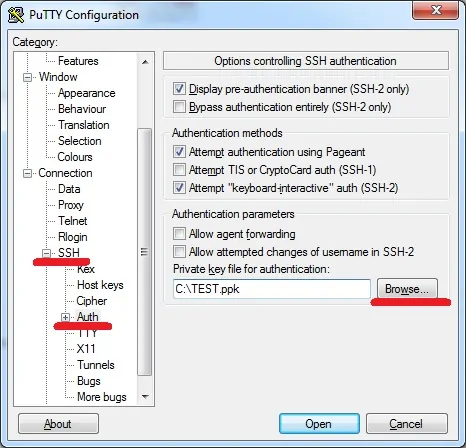
An SSH connection will be started with your Ubuntu virtual machine.
Use the following command to become the root user on the Ubuntu virtual machine.
You have successfully created an Ubuntu virtual Machine on Amazon AWS.
Tutorial - Ansible Installation on Ubuntu Linux
Install the list of required packages.
Add the official Ansible repository to your APT database
Install Ansible.
Verify the Ansible version installed.
As an example, here is our output.
In our example, we installed Ansible on a computer using the IP address: 20.200.200.200
Create a local user account named ansible.
Use the SU comand to become the Ansible user.
Generate a SSH key to the Ansible user account.
Exit the local Ansible user account.
Edit the Ansible hosts file and add the list of desired Ansible nodes.
Add the list of desired Ansible nodes.
In our example, we add only 1 Ansible node using the IP address 200.100.100.100.
We created a group of Ansigle hosts named test.
On the command-lise of your Ansible node, create a user account named Ansible.
Don't forget to set a password for the Ansible user account.
On the Ansible node, edit the SUDOERS configuration file
Add the following line at the end of the SUDOERS file.
Go back to the Ansible server command-line.
Use the ssh-copy-id command to copy the Ansible user account SSH key from the server to the node.
In our example, 200.100.100.100 is the IP address of the Ansible node.
Now, from the Ansible server, try to login on the Ansible node.
You will need to enter the SSH key password.
Logoff from the Ansile node and go back to the Ansible server.
On the Ansible server console, test the communication with the Ansible nodes.
Here is the command output:
On the Ansible server console, use the following command to get the Uptime of all Ansible nodes.
Here is the command output:
Congratulations! You have finished the Ansible installation on Ubuntu Linux.
Tutorial - Ansible Playbook Example
On the Ansible server, become the Ansible user.
Create an Ansible playbook.
Here is the content of the Ansible playbook named: playbook-test.yaml
In our example, the Ansible server will install the NTPDATE package using APT-GET on all hosts.
Use the following command to run your playbook.
Here is the playbook output.
Congratulations! You created an Ansible playbook successfully.
